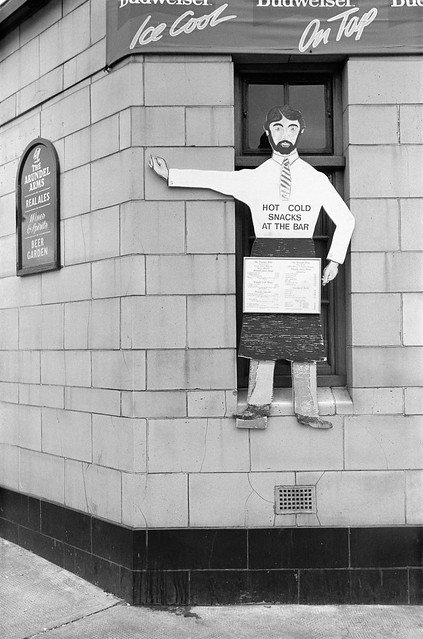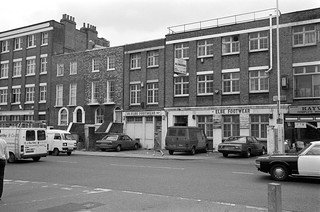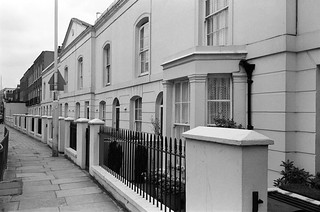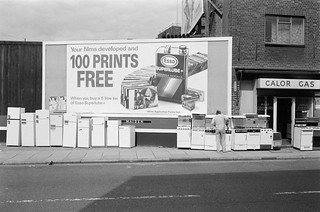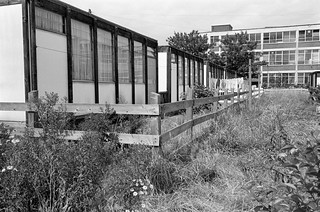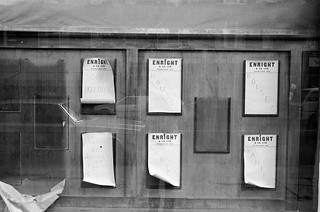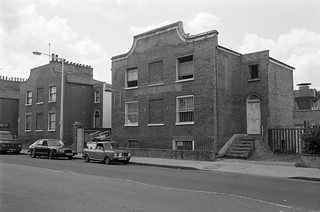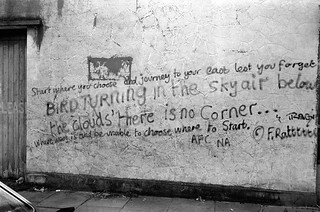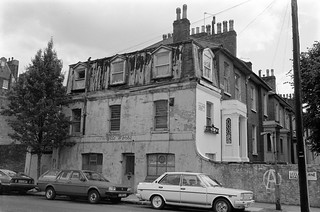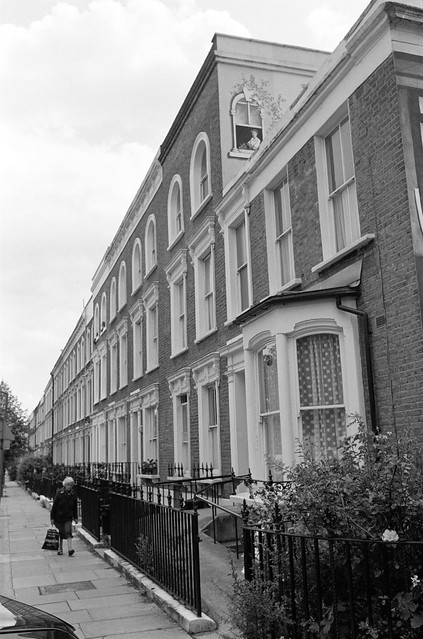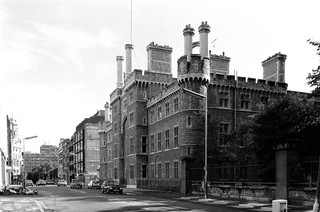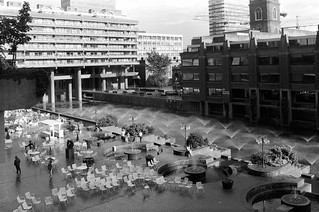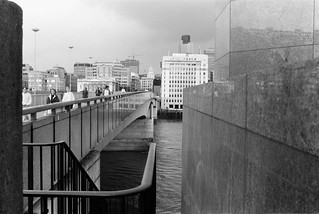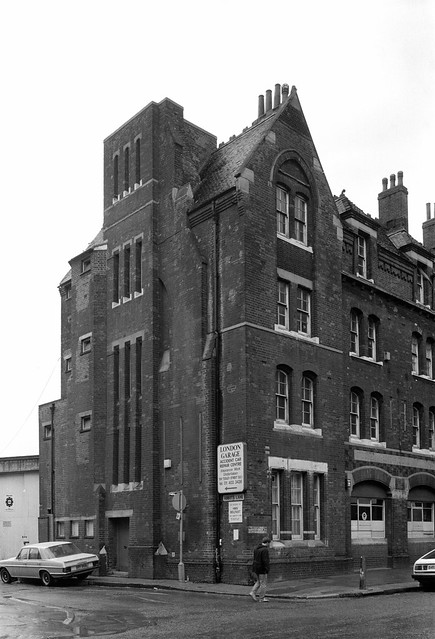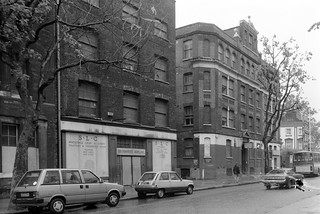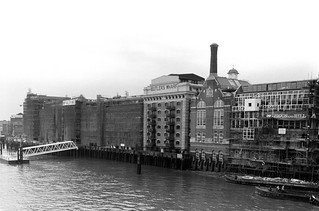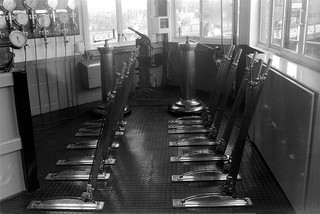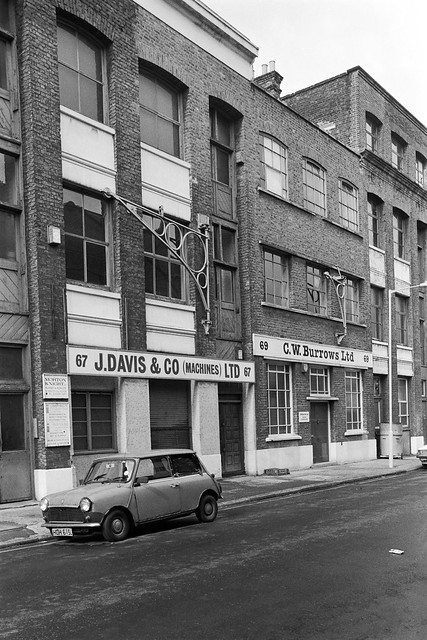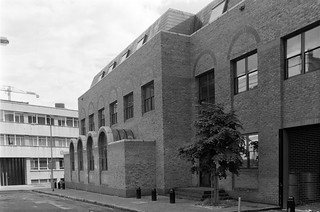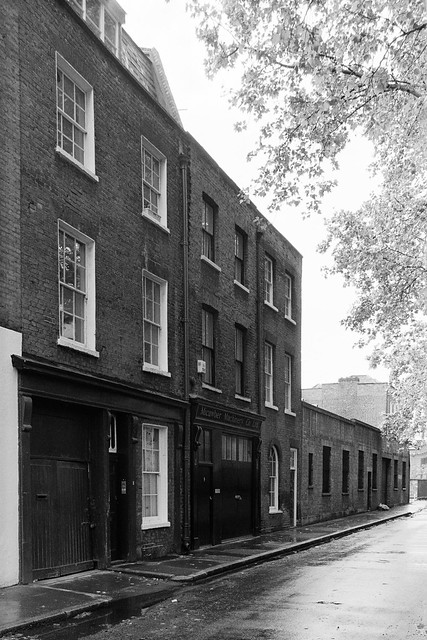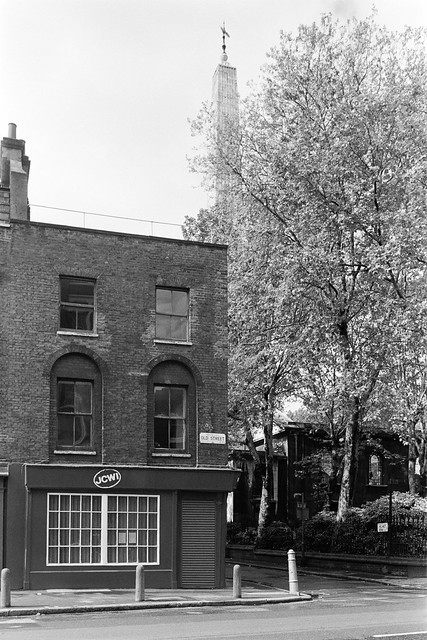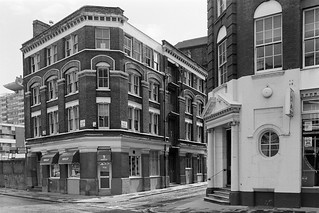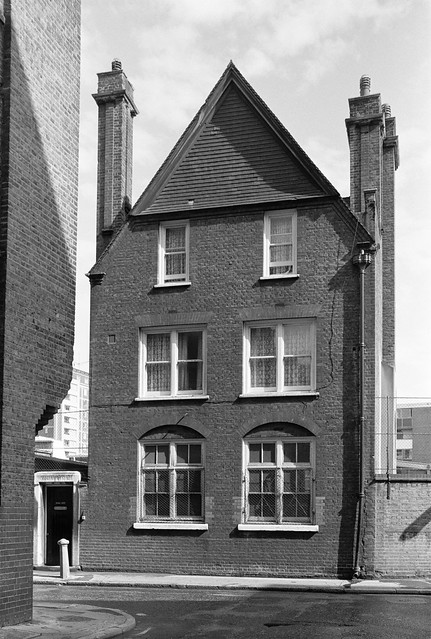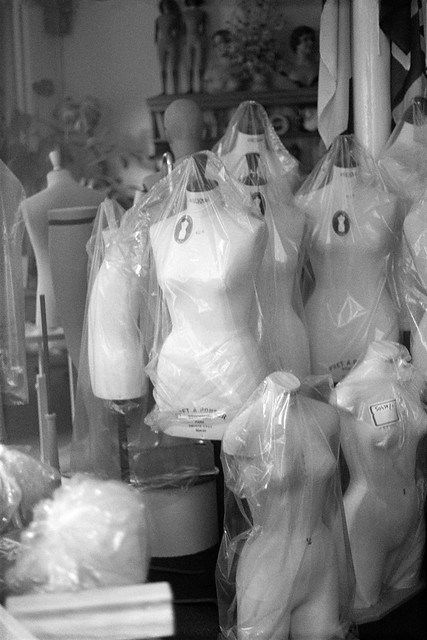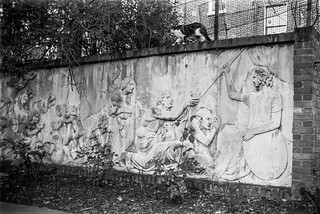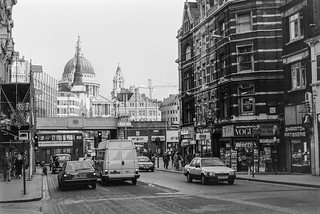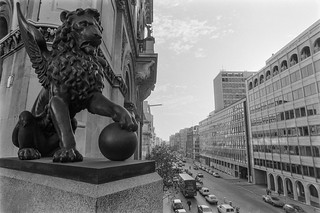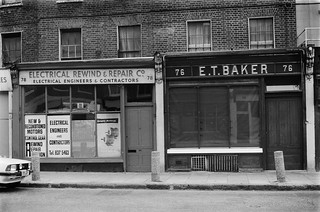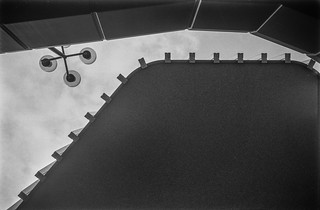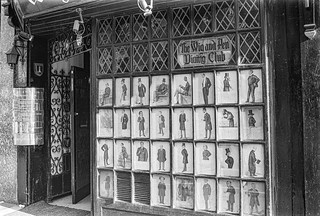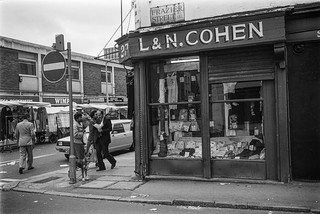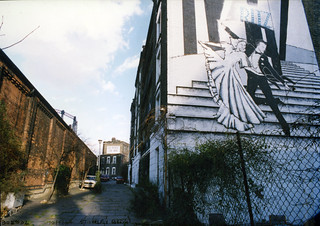
In Honour of Our Lady of Mount Carmel The annual procession from St Peter’s Italian Church in Clerkenwell first took place by special permission of Queen Victoria in 1883 and continues annually. On the third Sunday in July, this years was last Sunday, but in both 2019 and 2013 it was on Sunday 21st July. For this post I’ll use photographs from these two years though I’ve been on quite a few other occasions.
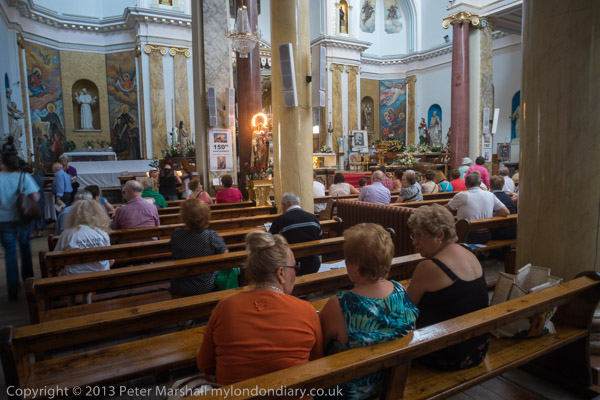
I can’t remember when I first got to know about the procession, one of London’s oldest and most colourful religious festivals, but I think it will have been in the early 1990s when I belonged to a group called London Documentary Photographers, organised by the senior curator of photography at the Museum of London, Mike Seaborne, and became friends with another photographer, Paul Baldesare, who as his name suggests, is of Italian extraction, his father coming to the country before Paul was born.
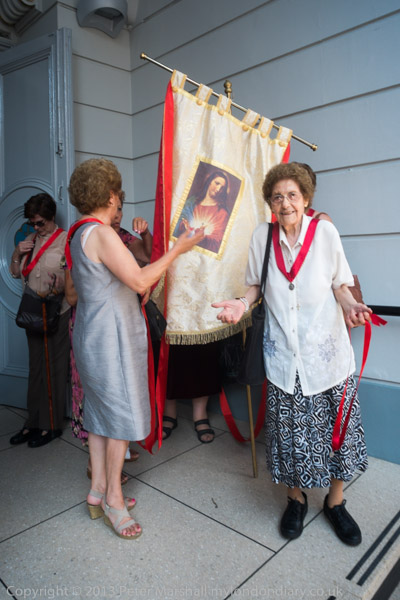
Since then its been a fairly regular entry in my diary, though I’ve been away from London some years, or had other pressing business. More recently it’s been more of a social occaision, where I’ve met Paul and other photographer friends with perhaps more interest in the Sagra in the street below the church, where Italian food and wine are sold, with wine often being brought in specially from small Italian family winemakers, mostly good and mainly cheap.
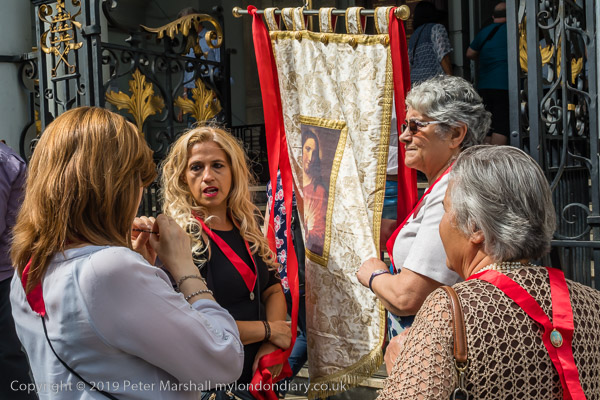
I didn’t go last Sunday, mainly because of the amber heat warning. There is little shade and taking pictures means much standing in direct sunlight, something dangerous for any length of time, particularly someone of my age and infirmities. Instead I stayed inside, drinking plenty of water and keeping as cool as possible.

It’s a great event, with lots of people, colourful statues being carried around the streets and a succession of floats and walking groups in costumes largely reflecting biblical scenes of the life of Jesus. There are I think two Jesus’s in the line-up, one with a communion cup leading the first communicants and another carrying a heavy wooden cross.
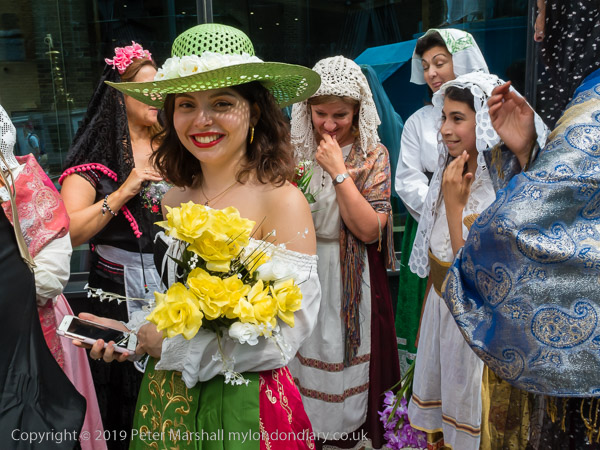
Photographically for me the climax comes with the release of a white dove or doves, though both the number of doves and how they are set free has differed over they years. But most years recently I think there have been three who have been held in the hands of clergy and supposedly released together. Except the clergy are not always well-synchronised and the doves too have minds of their own. Its hard to get a picture capturing all of them in a single shot.
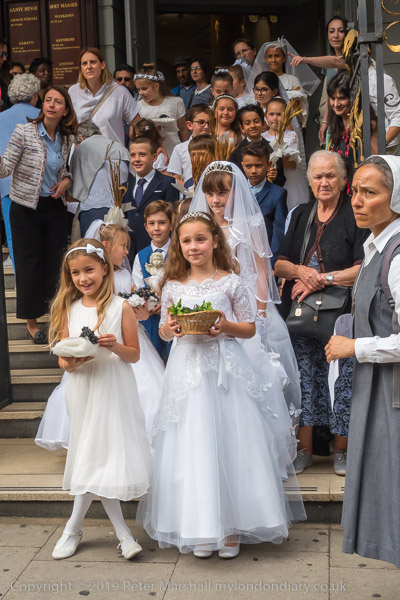
Sometimes the doves shoot up almost vertically while at other times they speed past the cameras just over our heads. And although we think of white doves as being photogenic, at some points in their flight they look decidedly ugly and even maimed.
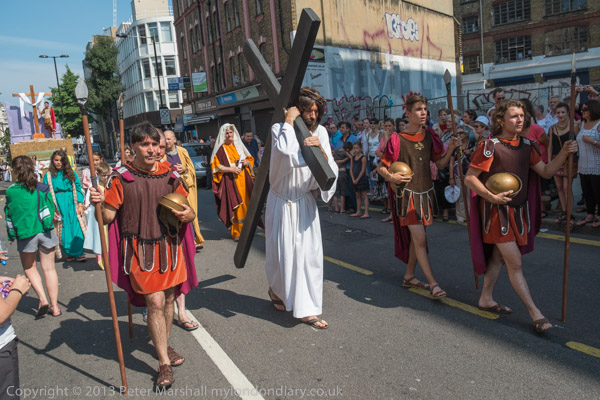
Back in the times of film when the cameras I used just took a single picture when you pressed the shutter release you seldom had more than one chance to capture them. Nowadays digital cameras all have modes to take multiple frames and this cuts much of the danger of missing the birds completely. It’s probably the only time in the year I have any use for the 8 frames a second my camera has on offer, though the first time I tried this the camera went into sulk mode and refused to take even a single shot and I had to grab my second camera.
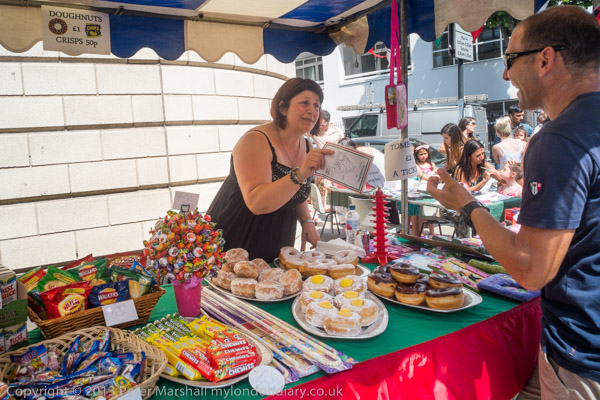
But its also something I’ve now done many times and find it hard to approach in a new and fresh way. Some events evolve enough to make event fatigue not a problem but those that stay more or less the same can’t arouse the same level of interest. Perhaps I might have taken a break this year even if the weather had been less of a problem.
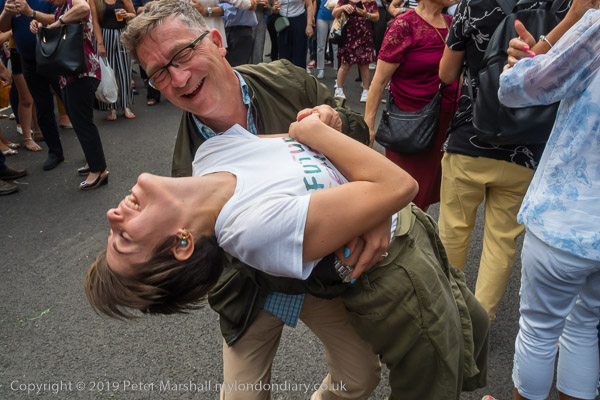
More pictures and details on My London Diary from 2013 and 2019 with a separate group of pictures from the 2019 Sagra.
